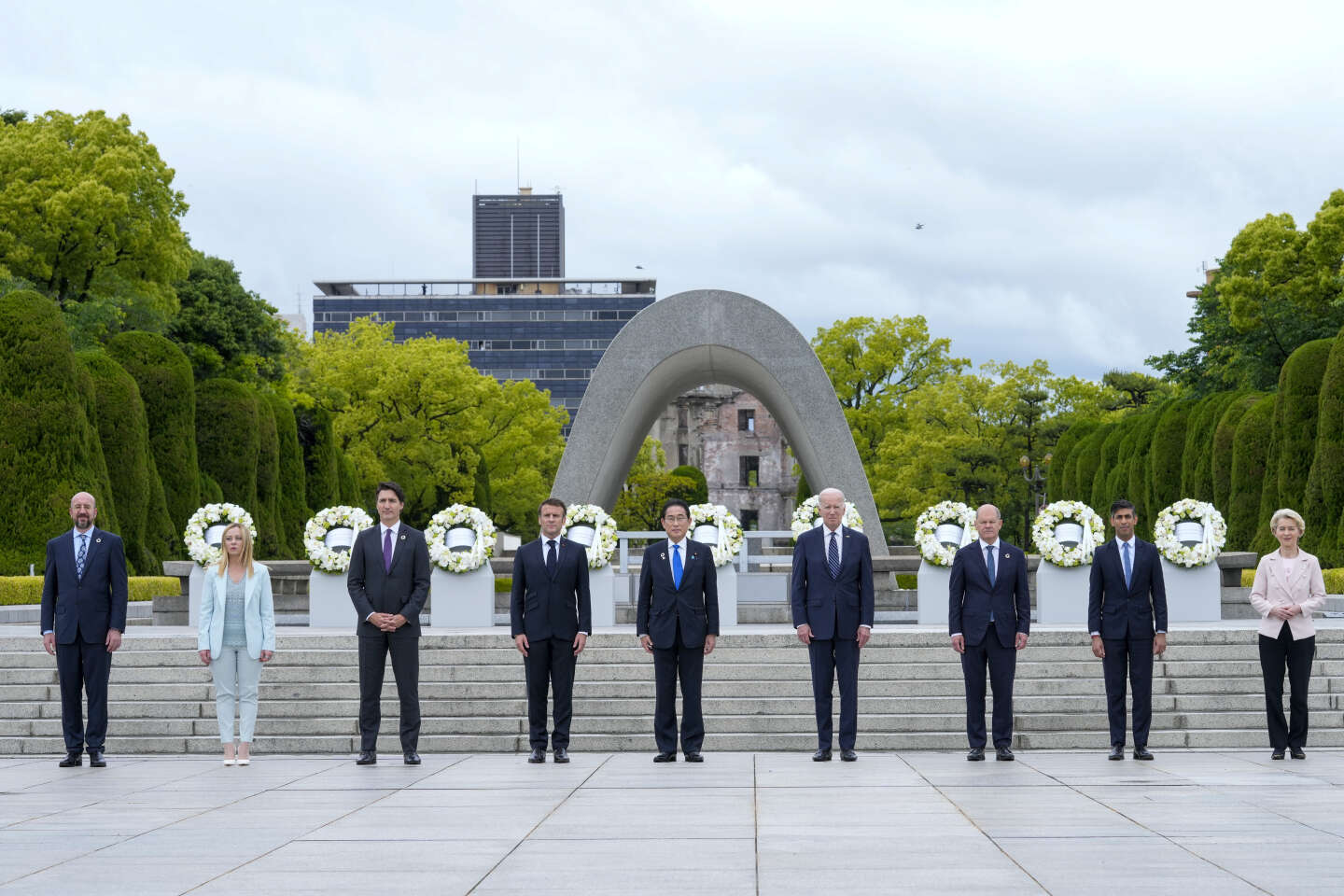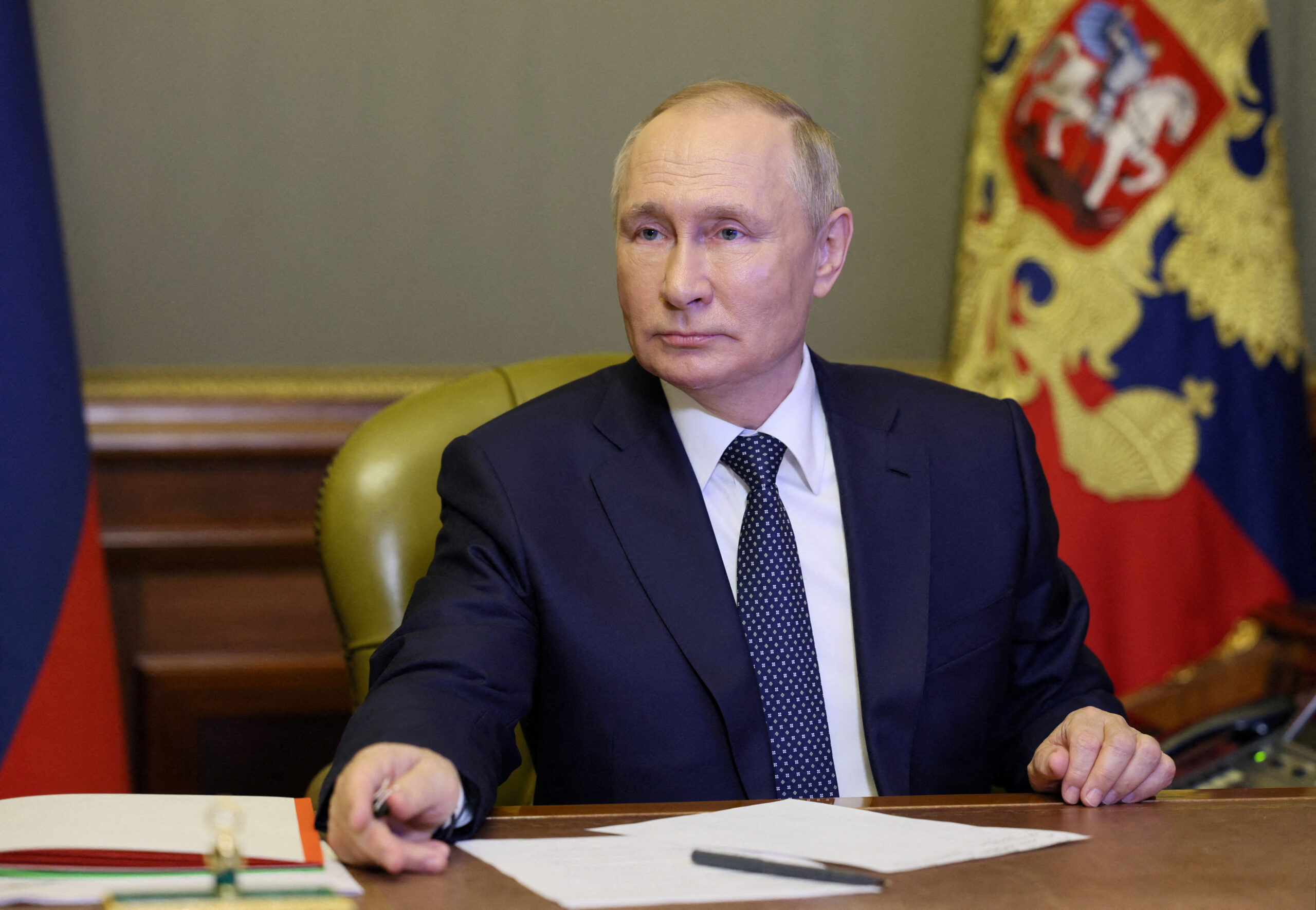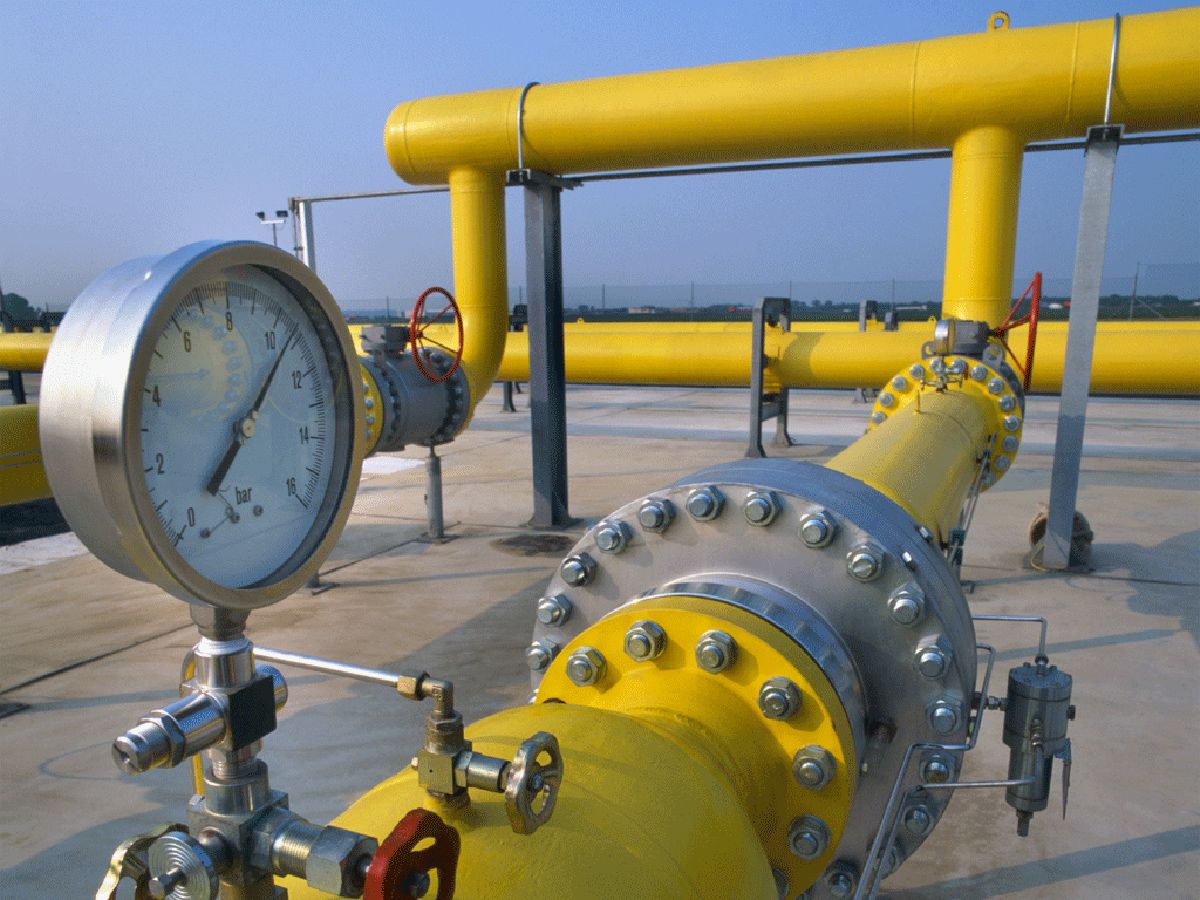G7 countries are preparing new sanctions against Russia, covering ships, aircraft, individuals and diamonds, officials say, as they seek to increase economic pressure on the Kremlin’s war machine.
The plan to curtail imports of diamonds from Russia — which comes as G7 leaders meet in Hiroshima, Japan — targets one of Moscow’s few remaining export industries still relatively unscathed by western sanctions.
The summit of the group of leading economies is set to be dominated by the Kremlin’s invasion of Ukraine and by efforts to broaden sanctions, which have already badly hit Russia’s energy revenues.
The meeting, which starts on Friday and ends on Sunday, will seek to drive down Russia’s diamond mining revenues through a mechanism for tracking and tracing individual gemstones — which today does not exist.
The “traceability” initiative, included in a draft of the G7 joint statements seen by the Financial Times, is intended to stop Moscow bypassing sanctions by using India, which operates the world’s largest diamond-polishing industry, as a middleman.
A senior US official added that Washington would apply new sanctions to more than 300 Russian individuals, ships and aircraft.
He said that the US commerce department would also add 70 Russian groups to the “entity list”, a blacklist that in effect bars companies from exporting products with American technology to Russia.
“We are upping the economic pressure on Russia,” the official said.
That came as the British government said it was preparing new individual designations targeting an additional 86 people and companies from president Vladimir Putin’s military industrial complex as well as the energy, metals and shipping industries.
Rishi Sunak, the UK prime minister, will also announce plans for a unilateral ban on imports of Russian diamonds, copper, aluminium and nickel.
London said that it had already sanctioned state-owned diamond producer Alrosa and lifted tariffs on Russian diamonds by an additional 35 per cent.
“Today’s announcement goes further. We will legislate later this year to ban imports of Russian diamonds, and end all imports of Russian-origin copper, aluminium and nickel, building on existing bans of Russian iron and steel,” the UK government said.
The war is entering a crucial phase, with Ukraine poised for a military counteroffensive, just as some of Kyiv’s allies warn that support for its battle may be reaching a peak.
Meanwhile, the fall in Russia’s energy revenues, which slid more than 50 per cent in the first quarter of this year, has increased the importance of other sources of funding for the Kremlin’s war machine. Diamond exports generated $4bn in 2021.
The G7 has been grappling for months over how to set up a system to trace Russian diamonds in order to impose restrictions on their import.
Alrosa, already subject to western sanctions, produces an estimated 40 per cent of the world’s diamonds by volume from its mines, according to Edahn Golan, a diamond industry analyst.
The EU has been unable to agree a ban on Russian diamond imports ahead of the G7 summit. But member state officials say they are making progress on finding unanimous support among the 27 countries.
EU officials say the bloc is first focusing on securing agreement from India and other non-western countries for the G7 initiative to track and identify Russian produced diamonds.
“We are confident that we will have a [diamond-tracing] system in place . . . in the coming months,” said an EU official involved in the G7 discussions.
Another EU official said the agreement had been drawn up. “We don’t see objections any more. We have convinced others.”
Italy’s prime minister Giorgia Meloni and Japan’s Fumio Kishida said in a joint statement after a bilateral meeting that they “affirmed to continue severe sanctions against Russia and strong support for Ukraine”.
Japanese government officials said Tokyo also plans to roll out “powerful sanctions in line” with other G7 nations, indicating they would go along with targeting imports of diamonds.
G7 to impose fresh sanctions on Russian ships, aircraft and diamonds


